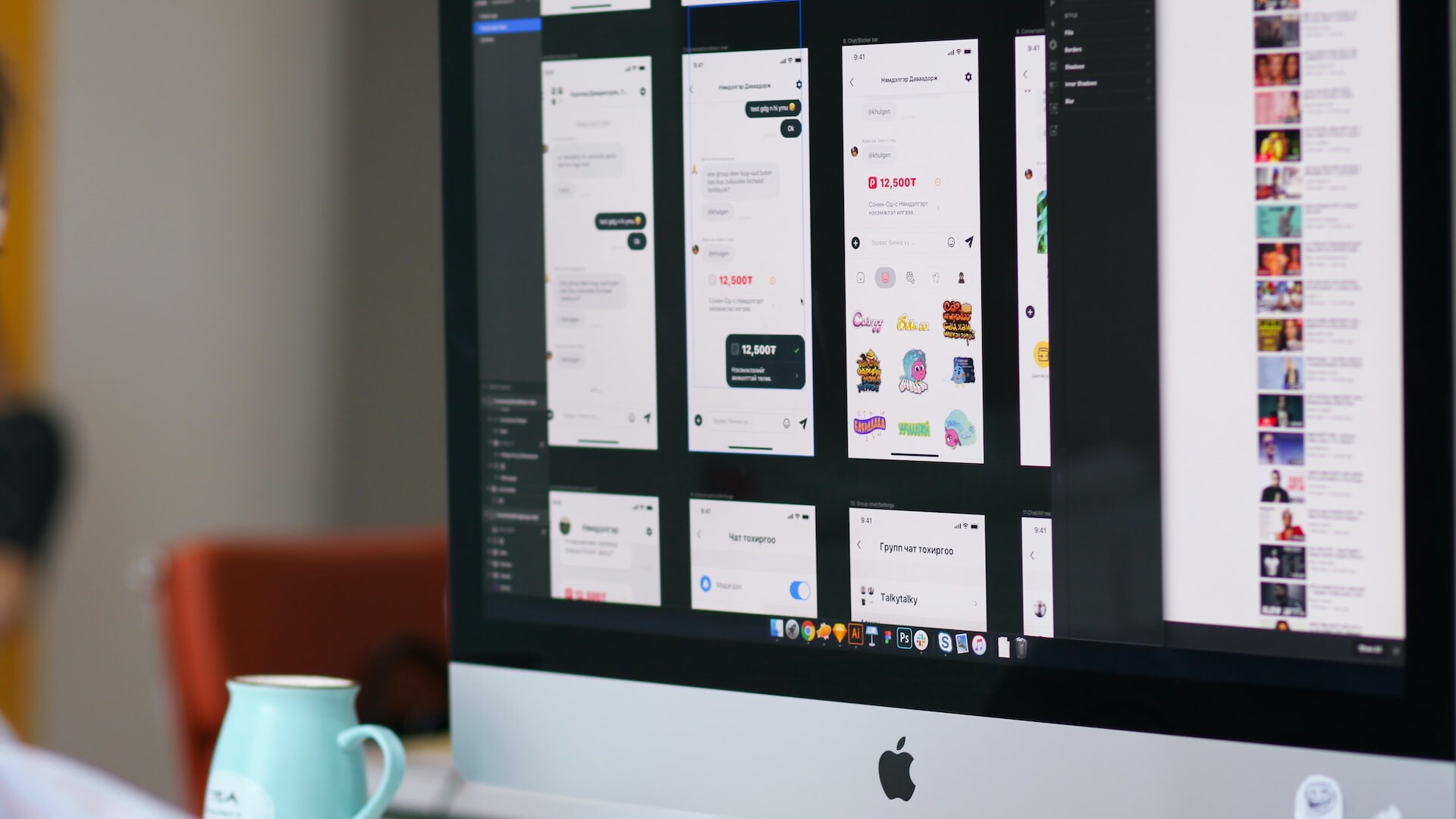Driven By Feedback: Adaptive Web Design
There’s no denying that delivering a mobile friendly interface is a major element in a web design strategy today – in fact, according to search engines and the user population – it’s a requirement for a chance to thrive. Along with these prerequisites for digital business, website owners must first navigate the landscape of choosing what kind of accessibility their site will have, or more importantly – what their user requires such as adaptive web design.
Responsive Web Design has gained ground at a fast pace with the help of SEO specifications and has proven highly effective in delivering a fluid and consistent user experience across all devices. Though RWD has enjoyed the spotlight for some time, an alternate option – Adaptive Web Design – has taken hold.

An interface that is implemented with Adaptive Web Design (AWD) is specified to the device that is being used for the site. Through the use of the server, information is detected to determine how content is being viewed (desktop, mobile, tablet). Templates are designed and maintained for each device, with the main benefit being that since pages are housed on their own domain, they load quickly – which is of significant importance to today’s user.
Among many other advantages, adaptive user interface has the ability to conform to a user’s needs. This conformity shows only relevant information based on that user, which eliminates difficult specification, increases ease of access throughout the system while increasing stability.
There are two elements within the adaptive user interface/experience which make a critical difference for the information made available to those users.
Adaptive presentation displays information specific to each user. Individuals who carry a basic knowledge of the system they’re interacting with will only see the minimum amount of information; users with a more advanced grasp will be shown a more detailed interface (with more information and capabilities).
Adaptive navigation guides the user toward their goals within the system by adapting the way the system is navigated – all depending on the specific user who is steering. Of course, this all can depend on the user’s personal expertise level with the system (or related subjects), as well as the intended goal of the user/designer, among other factors. To assist a user in achieving his end goal, “hints” can be given by the interface – links can be used as a trail to reach the end, or to help someone find their way back to the origin of their web journey.
Adaptive user interfaces can be implemented in any instance where the audience would benefit from a personalized UI. When wanting to zero in on the best user experience for a dynamic audience, providing that specification will foster heightened conversion, better usability and optimized ux.



